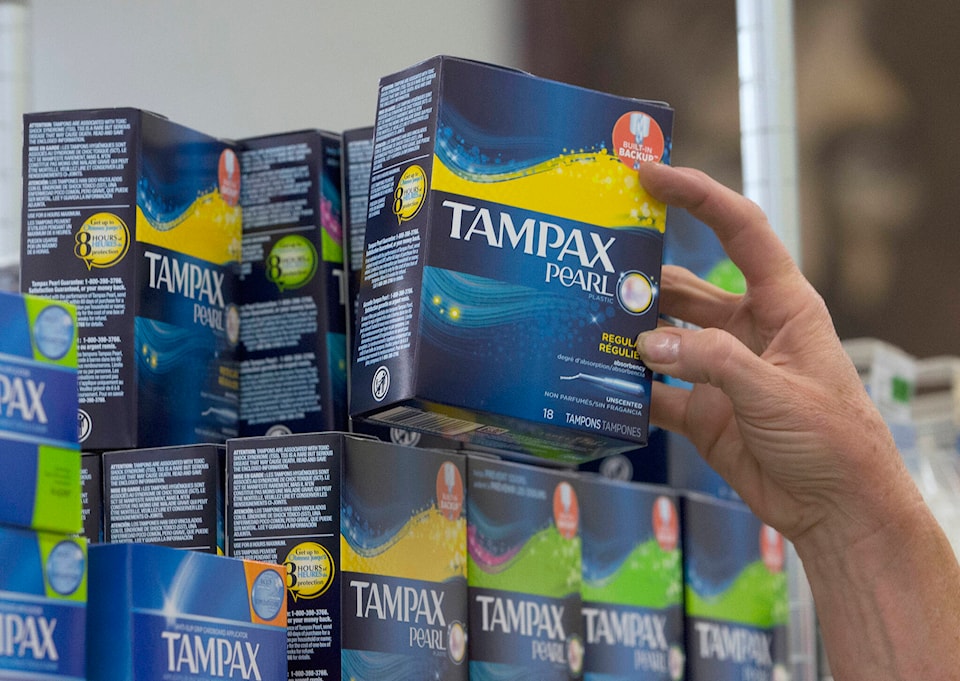An estimated 500 million women and girls worldwide experience period poverty.
Period poverty, or a lack of access to sanitary products, menstrual hygiene education, toilets, handwashing facilities, and waste management, is a very prevalent issue, and one that isn’t discussed enough.
For countless women around the globe, periods come with stigma and shame. For something that about half of the population experiences each month, periods should not be a source of shame, and instead be something that can be talked about openly and honestly. Periods come with a plethora of challenges, and in order to best support menstruating women, we need to have better education around periods.
Stigma, taxes, economic issues, and legislation are causes of period poverty.
Sanitary products such as tampons and pads are unaffordable for many women. Some are forced to choose between buying pads or buying food. When women don’t have access to sanitary products, they resort to using other items, such as tissues, toilet paper, dirty clothes,rags, or cardboard to manage their periods. This can lead to infections, including urogenital infections, urinary tract infections, and bacterial vaginosis.
Lack of access to proper sanitary products can lead to missed opportunities for women and girls. Separate studies in the US and UK both found that 25 per cent of teenage girls missed school because they didn’t have access to menstrual hygiene products. If women do have access to tampons and pads, they may have to ration them, which causes even more stress, as well as increasing the risk of infection. When you have to think about making your pad or tampon last as long as possible, you are not as focused in school or work as your male peers may be. Women who are forced to seek unsafe alternatives to sanitary products are also at risk of missing school or work. Behavioral restrictions and cultural issues also limit opportunities for menstruating women and girls to succeed.
Although Canada has eliminated the “tampon tax”, one third of Canadian women under the age of 25 still cannot afford sanitary products. In Indigenous communities, sanitary products are even more expensive. Although Canada is making progress, there is still much to be done. In the US, sanitary products are unfairly taxed. In many states, tampons and pads are taxed as luxury items. It’s also important to remember that women of colour and women in developing nations are affected most by period poverty. In Sub-Saharan Africa, an estimated one in ten girls misses school because of her period. Nearly 23 million girls in India drop out of school annually after they start their periods. This is a global issue.
So why does this all matter? To put it simply, period poverty means fewer women in school, fewer women in the workforce, and fewer women in positions of power. Period poverty is a contributing factor to gender inequality around the world.
Period poverty can be fixed by legislation. Governments should subsidize pads and tampons, as well as set price caps. Period products should not be taxed. Period products should be covered by medical insurance. And period products should be made free in public spaces such as schools. Scotland is an excellent example of what can be done when period poverty is taken seriously. That country successfully made period products free for all who need them in 2020.
The first step towards tackling any social issue is education. Period poverty is no different. Better education on the menstrual cycle and women’s reproductive systems is necessary for ending period poverty. When people of all genders are educated about periods, we can help remove the stigma.
@audreyygunn
editor@grandforksgazette.ca
Like us on Facebook and follow us on
